Structural steel is the backbone of many modern buildings, bridges, and industrial facilities, providing the strength and flexibility needed to withstand forces from wind, earthquakes, and daily use. Given its critical role, the inspection of structural steel components during construction is paramount to ensuring the safety and longevity of a structure. This guide delves into the essence of special inspections for structural steel, offering a blend of foundational knowledge and practical insights for industry professionals and stakeholders.
The Purpose of Special Inspections
Special inspections for structural steel are a series of detailed examinations undertaken by qualified inspectors to verify that the construction and assembly of a structure’s steel components adhere to the approved design documents and applicable building codes. These inspections are crucial for detecting discrepancies early, preventing future structural failures, and ensuring that the building can safely bear its intended loads.
Key Components of Structural Steel Inspections
The inspection process encompasses several key components, each vital for the structural integrity of the building:
- Material Verification: Before any steel element is incorporated into the construction, inspectors verify its material properties, including yield strength, composition, and dimensions, ensuring they match the project specifications. This step is akin to checking the ingredients of a recipe before baking, ensuring the outcome is as expected.
- Fabrication and Erection Inspection: This involves observing the fabrication process of steel components, including cutting, drilling, and welding, to confirm they meet design requirements. Erection inspection then follows on the construction site, ensuring the assembly aligns with the structural design. Imagine assembling a complex model kit, where each piece must fit precisely as instructed for the model to stand correctly.
- Welding Inspections: Special attention is given to welded joints, which are inspected for compliance with welding procedure specifications. Inspectors look for defects such as cracks, porosity, and incomplete fusion that could compromise the structure’s integrity. This scrutiny is akin to examining the seams of a suit, ensuring they are secure and will hold under stress.
- Bolted Connections Inspection: Inspectors verify that bolts are installed correctly and tightened to the specified tension. This process ensures the connections between steel members are strong and will perform as designed under load, similar to making sure the bolts in a car’s engine are properly fastened to prevent breakdowns.
- Coating Inspection: Protective coatings on structural steel, such as paint or galvanizing, are inspected for adequate coverage and thickness to protect against corrosion, much like ensuring a waterproof sealant is properly applied to protect a wooden boat from water damage.
The Role of Qualified Inspectors
Special inspections must be carried out by qualified professionals who possess a deep understanding of structural principles, welding techniques, and construction practices. These inspectors are the guardians of the construction process, equipped with the knowledge and tools to identify potential issues before they become serious problems.
Common Challenges and Solutions
One of the challenges in structural steel inspections is accessing high or tight spaces to examine steel components. Innovative solutions, such as the use of drones or robotic devices, have been developed to overcome these obstacles, allowing inspectors to thoroughly examine structures without compromising safety.
Another challenge is the complex coordination required between various construction teams. Effective communication and detailed planning are essential to ensure that inspections are conducted smoothly and do not cause delays in the construction schedule.
Conclusion
Special inspections for structural steel are a critical component of the construction process, ensuring that structures are safe, durable, and capable of performing their intended functions. Through meticulous examination and verification, inspectors play a crucial role in upholding the standards of quality and safety in the construction industry. As buildings reach new heights and designs become more complex, the importance of these inspections only grows, highlighting the need for skilled professionals who can navigate the challenges of modern construction with precision and care.
